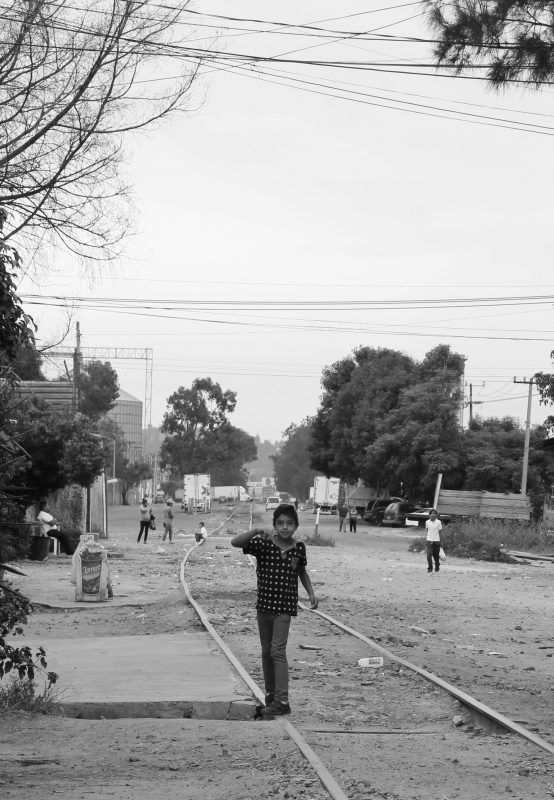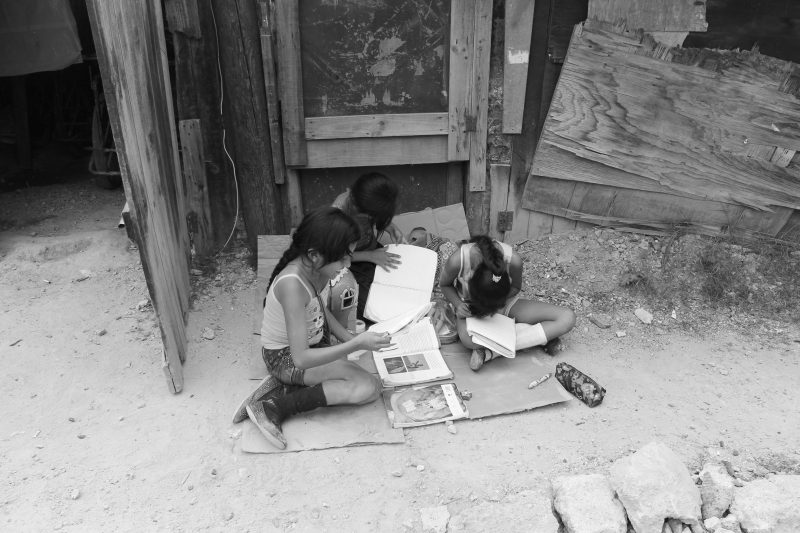Should certain conditions be created before start using Open Source as a Social Organisation tool?
Posted on October 30, 2017
Encouraging people to be more participative by using Open Source as a resource and organisational tool sounds great, but what happens when people who does not count with the necessary preparation start to use this tools to intervene in social issues? Is this going to be useless or counterproductive? Should certain conditions be created before start using Open Source as a organisational tool?
Not sure when exactly I started to become interested in pursue a career where my job would have a significant (positive) impact in society, but during my undergrad studies I start listening about Human Center Design and Social Innovation and found that this concepts where very similar to what I was looking for. The interest towards this field gradually increased and by the time I graduated I started to feel unease about not getting close to this goal that was very present in my mind. I started to research of posible resources where I could learn from; first I started to research on the web, about how this worked, the organisations/consultancies which aim was to create change in society,etc, took a couple of online courses (from +acumen, ideo, etc), which gave the notion about how was the process and how this worked, besides I started to assist to events in my city related to this topic, trying to doing some networking, and even took courses abroad. But I was still feeling that I was not having a ‘real experience’.
Then I started to become involved in a social entrepreneurship lab (In Mexico) about a year and a half ago, where I got the opportunity to have a closer experience in this field, during this lab I learned a lot from being immerse in neighborhoods where problems as drugs, domestic violence, illiteracy are so common. This started to give me the notion of the complexity of problems and the invisible parts that we are not always able to see. Also generated in me a lot of questions, incomplete thoughts and some feelings that there is so much to consider before take the decision of intervening in these type of situations.

Because of this I felt the necessity to learn more and get a deeper preparation. So, I chose to start Transdisciplinary Design hoping to get some answers I was seeking for and get the necessary tools and develop the necessary skills to be able to propose assertive solutions for social issues.
As I started to go through the readings for many courses, it made so much sense to many thoughts and ideas that were in my mind. Thinking in Systems from Donella Meadows1 have given me the sense of how important, is the understanding how all the stocks, flows, feedback loops involved in a system works, and which are the leverage points, rather than just thinking about root causes of problems and possible solutions. Even if representing the system can be wrong, it gives you a great notion and a better understanding of the system you are designing for, provinding the baseline to start working towards a solution with more possibilities to succed. As an example of this situation, I was working in a start-up where we were preparing with so much effort activities and workshops for children in slums, but when went to validate this super cool activities, not many people asisted, this happened because we didn´t consider all the elements involved in the system we were designing for and we were not understanding peoples motivations.
Another thought I started to have while I was participating at the social entrepreneurship lab was that there´s always a reaction to any intervention in a system and is might not precisely going to be positive as expected, also it might generate more problems. One example that Donella mentions which I think represents this point, is the tragic results of policy resistance, where she talk about different strategies that countries take to reach a certain goal: in this case it was raising birth rate where the first country banned abortions and contraceptives, which leaded to more children in orphanages and ilegal abortions (and mothers deaths), the second country offered a reward to bigger families with more living space, but did not succeed at all, because it was not the only reason people was not having children, and the third country, which looked more for quality of child care instead of raising the birth date, implemented a policy that included free contraceptives, abortion, widespread sex education, easier divorce laws, etc. This country birth rate went up and down without causing panic in any direction, because the nation was focused in a goal more important than the number of citizens.
This makes me think how sensible are the systems to interventions and changes and how important is to have a deep understanding of the problem and the strategy that is going to be implemented. As Clive´s Dilnot says in Wicked Solutions, Wicked Interventions2; Every solution to a wicked problem is a one-shot operation; because there is no opportunity to learn by trial-and-error, every attempt counts significantly, totally makes sense to me, because an intervention is a change that will not have the command CTRL+C, there is no reverse.

I see in my country (México), which is passing through a very difficult situation, how people (especially young people and college students) is being encouraged to take action, to propose ideas to address social issues, to build start-ups around these ideas, etc. Which sounds like a great bottom-up strategy to start changing this situation. But all of this ideas are coming from and/or developed by methodologies of tool kits, funded by crowd funding platforms and mentored by people who are not prepared at all. So, what happens when people intervenes without the necessary preparation and awareness of what intervention in systems complex problems represents and which could be potential consequences? Mathan Ratinam mentioned in a lecture how tool kits can be successful to solve technical problems, but when it comes to more serious problems is necessary apply deep design3.
I totally believe that citizens need to shift their mindset and change the perception of what´s the meaning of being a ‘good citizen’, from being just respecting others, respect the laws, and waiting from the government to solve the problems to being more active and participative to change the reality where they live. I really like the concept of Open Source4, which Steven Weber describes as an experiment in social organisation around a distinctive notion of property but I´m not sure if applying this concept to encourage people to make interventions in countries where education level is very low and where it´s difficult to find people with great knowledge and experience in Deep Design is the best idea.
And comes to my mind many questions around this idea: is necessary first build an education baseline before encourage people to take action and intervene? Where is the point where Open Source can be successful? Can Open Source be useless or counterproductive if the people who is using it is not prepared? Is necessary to have certain conditions to start using Open Source as a Social Organisation tool? Should we first create these conditions? Is there a momentum where is optimal to start using this concept? (Where I though I was coming to get answers, I´m getting more questions, and I realice questions are one of the most important part of this program)
As I see progress is a long term word, which needs a lot of patience, preparation, clever strategies, the right process, work, and of course participation of society. For me, its necessary to start building an education infrastructure before starting encouraging people to intervene in social problems.
Mariana González
1 Meadows, Donella .Thinking in Systems
2 Dilnot, Clive. Wicked Soluitons, Wicked Interventions: Twelve Theses, Transdisciplinary Design Fall 2017 Lecture Series
3 Ratinam, Matham. Role of Design in Addressing Civic Challenges, Transdisciplinary Design Fall 2017 Lecture Series
4 Weben, Steven. The Success of Open Source